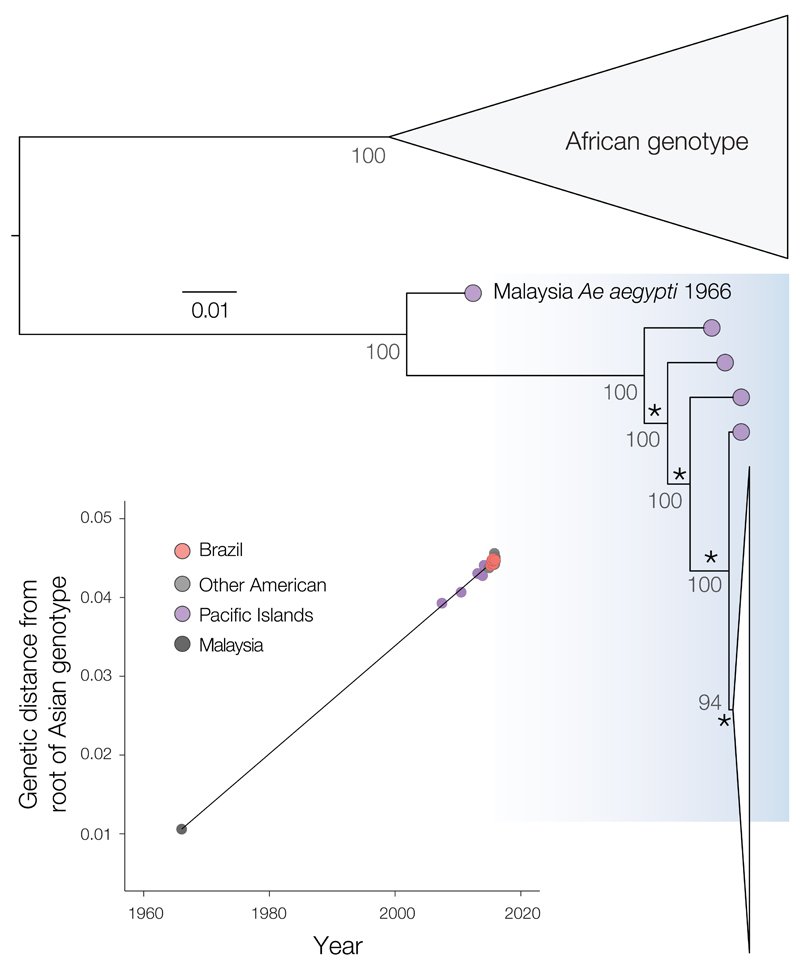Fig. 2. Maximum likelihood phylogeny of ZIKV complete coding region sequences.
Bootstrap scores are shown next to well-supported nodes and the phylogeny was mid-point rooted. A fully annotated tree is provided in Fig. S2. The American ZIKV outbreak clade is drawn as a narrow white triangle and is shown in detail in Fig. 3. Asterisks highlight the four internal branches that are ancestral to the American ZIKV lineage (see main text and Fig. S3). Correlation between the sampling date of each sequence and the genetic distance of that sequence from the root of a maximum likelihood phylogeny of the Asian genotype (correlation coefficient R2 = 0.997). A molecular clock phylogeny of this data is shown in Fig. 3. The Malaysian strain (HQ234499) sampled in 1966 is the oldest representative of the Asian genotype and falls on the regression line, indicating that it does not appear to be unusually divergent for its age. A similar analysis with the HQ234499 strain excluded is shown in fig. S5C.

